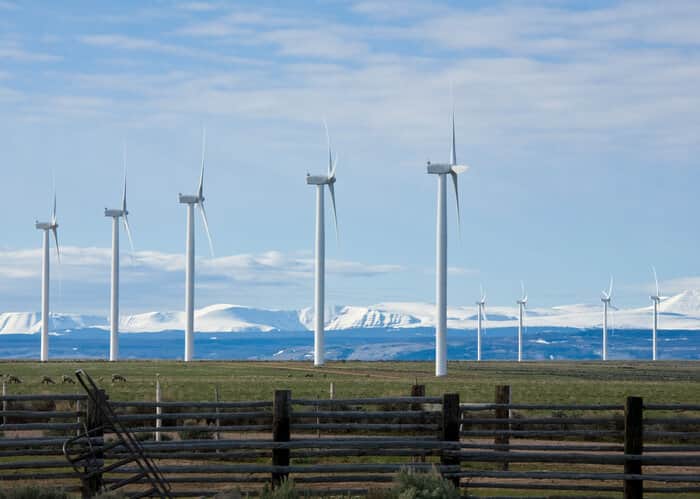A new report from PJM Interconnection can be used to estimate carbon dioxide (CO2) reductions from demand response, energy efficiency measures and increases in emissions-free generation.
The report shows the average amount of CO2 emitted for marginal units during both peak and off-peak periods. Any reductions in power use or increases in emission-free generation would reduce production and CO2 emissions by marginal generation units.
‘Now, when our members and others want to evaluate how much CO2 was produced year to year, month to month, peak or off-peak, they have a source that provides the latest actual information, rather than having to draw from several sources to estimate,’ says PJM Interconnection's Andrew L. Ott.
The report shows PJM's analysis of the CO2 emissions rate information for marginal units for each five-minute interval from January 2005 through December 2009. The five-minute marginal data was aggregated into hourly blocks and then sorted into on-peak and off-peak time periods and ultimately averaged for each month. Peak periods are all non-holiday weekdays from 7 a.m. to 11 p.m., and off-peak periods are all other hours. Annual statistics are also provided.
Marginal units would include any units brought online to support the real-time demand for electricity not already provided for by existing contracts. Generating units may include units fueled by fossil fuels, natural gas, nuclear and other sources.
The PJM emissions report can be used to estimate CO2 reductions as a result of certain efforts within the PJM region, such as demand response and energy efficiency measures. The report can also be used to estimate the impact of increases in emission-free generation, such as wind farm operations and upgrades to nuclear generation facilities. This report also provides an overview of the general trends of emission rates within the PJM region.
SOURCE: PJM Interconnection



